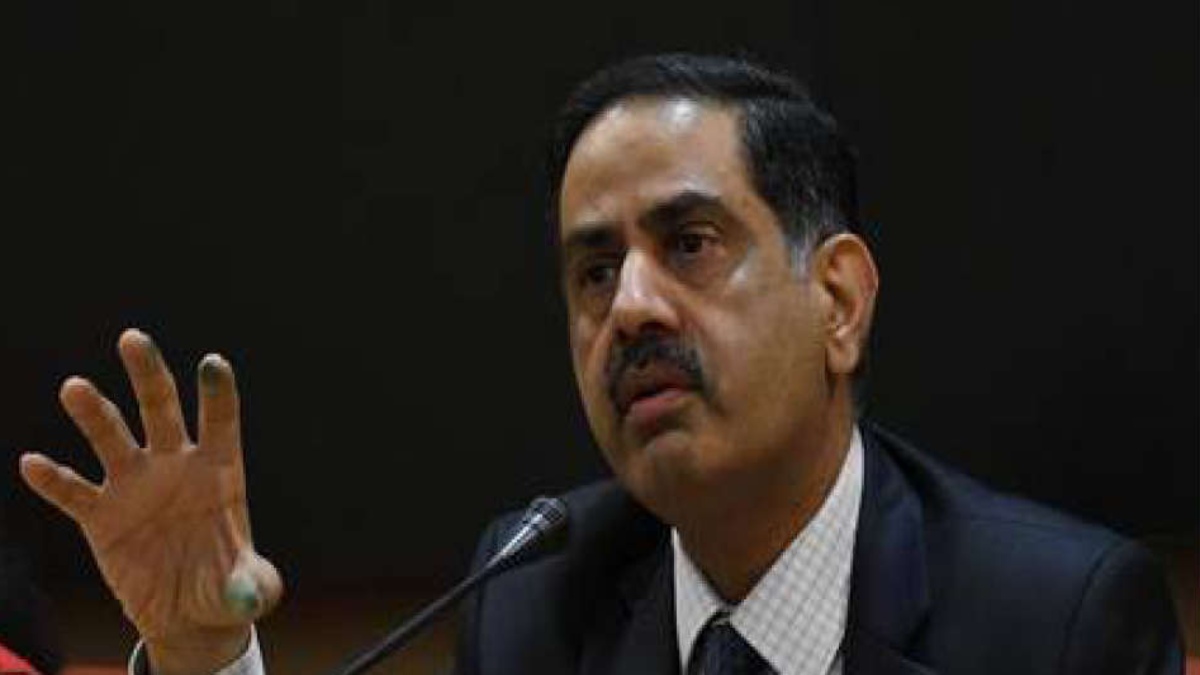


In a virtual press conference, three senior members of the national Covid-19 task force, Niti Aayog member V.K. Paul, ICMR Director General Balram Bhargava and AIIMS Delhi director Randeep Guleria, presented data pertinent to the ongoing Covid wave.
Dr Bhargava said there is no difference between the first wave and the second wave and the data showed that over 70% of patients in hospitals in both waves of the infection are above 40 years of age, indicating that seniors are still at higher risk. “Older population continues to be more vulnerable to be admitted in the hospital in the current wave,” Bhargava said while sharing the data.
There is no difference in the percentage of deaths between the first wave and second wave from the data we have,” the ICMR DG added, as per ANI reports.
The statistics presented also outlined that there is a higher need for supplemental oxygen — over 54% in hospitalised patients during the second wave. However, it also showed a decrease in the demand for ventilators, which has come down during the second wave, with only 27.8% of those admitted in hospitals needing it, as compared to over 37% who required it during the first wave.
He also said that more cases of breathlessness are being reported during this wave, while in the last wave, symptoms like dry cough, joint pain, headaches were more prevalent.
The ICMR DG also listed three main reasons for the higher transmissibility of Covid-19: laxity, Covid-inappropriate behaviour and various unidentified mutations. “We have had a tremendous amount of laxity, Covid-19-inappropriate behaviour and various unidentified mutations. Of them, some are of concern — the UK, Brazilian and South African variants, which have been demonstrated to have higher transmissibility,” he said. He also added that a double mutant has been found in India but its higher transmissibility has not been established.